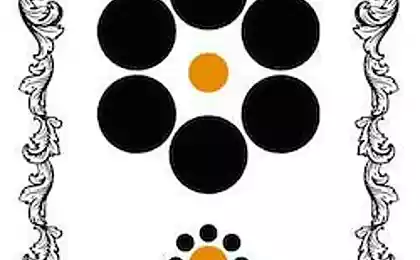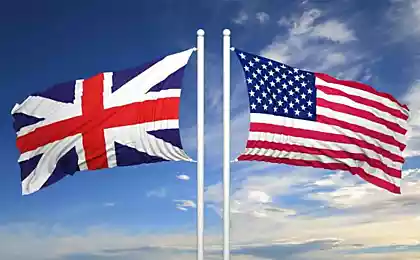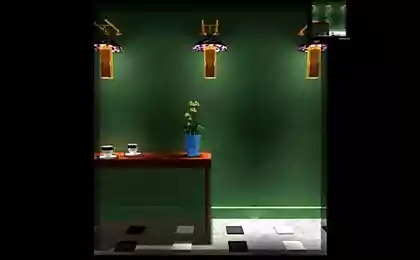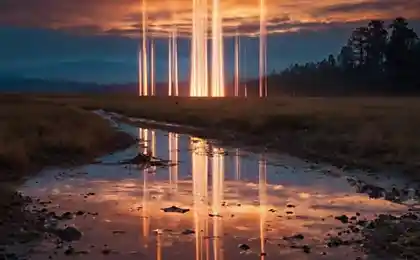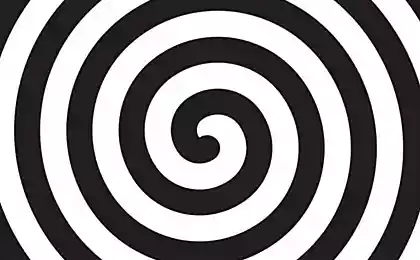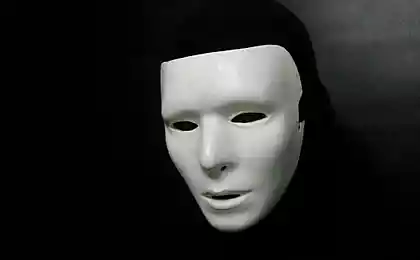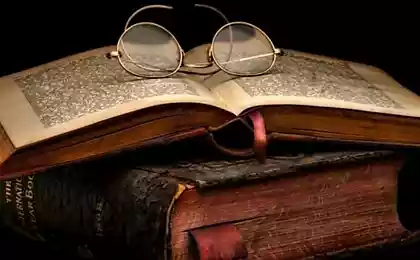2864
Optical illusions from the book Eye Benders with explanations
Some optical illusions from the book Clive Gifford « Eye Benders: The Science of Seeing and Believing », which he shared with readers The Guardian .
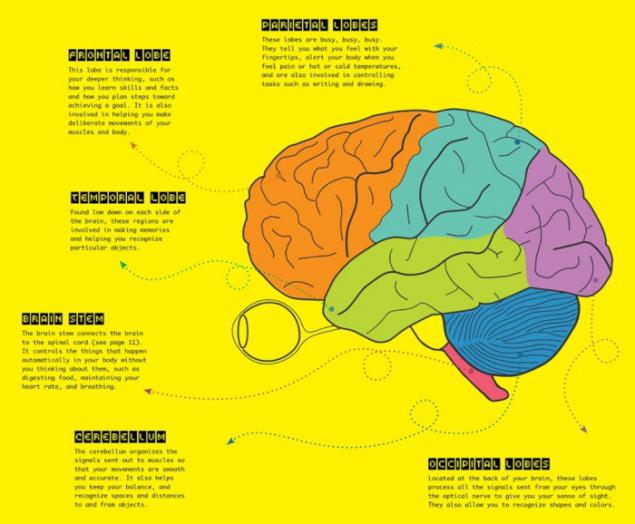
Some visual illusions related to how the eye works, but many are related to the way the brain processes the incoming signals into it.
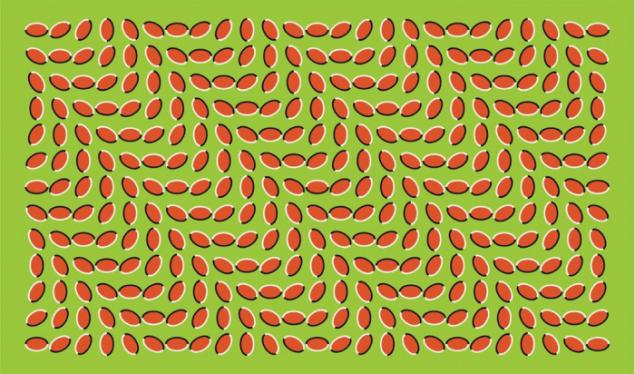
If you look at this picture carefully, it will seem that the leaves are moving relative to each other.
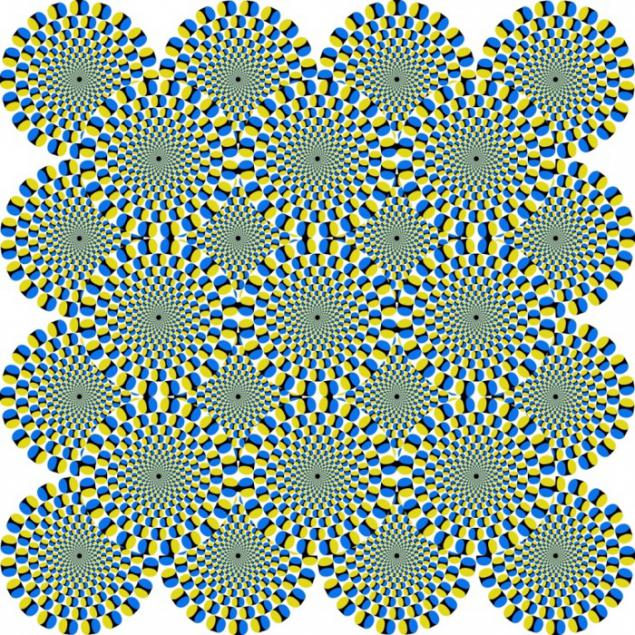
If you look carefully at these fixed disks, you find that they rotate. Usually, if the focus on the center of one of the disks, this imaginary movement ceases. When eyes scanned image, move through it and try to focus on small details, this is the effect of "movement».

Brain miraculously able to find templates and fill the empty spaces in the incomplete data. Including, he is able to perceive these "impossible" pictures. It is very difficult to separate the legs of an elephant from the background.

How many colors used on plates on the faces of the cube? If you have counted seven (white, yellow, blue, red, green, brown and orange), you will not only find the most popular answer, you were wrong, and yet, like most people. In fact, there are only six colors. Central die upper face (which looks brown) has the same color as the central die front face (which looks orange). As it is impossible to believe, but it can be checked only by using a piece of paper with two holes or photoshop.
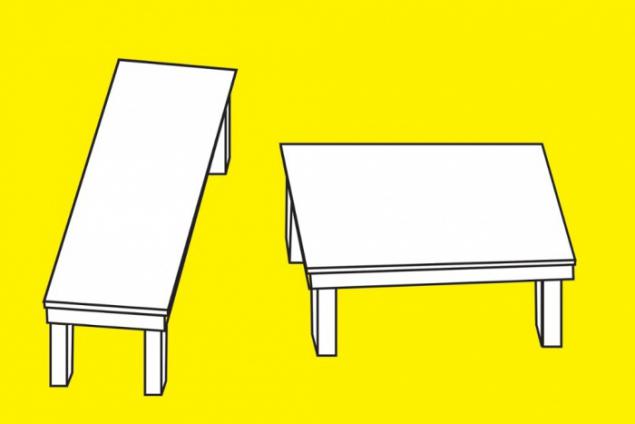
The illusion of the prospect. Which of the two tables is longer? Maybe they are the same length? Measure them and surprised.
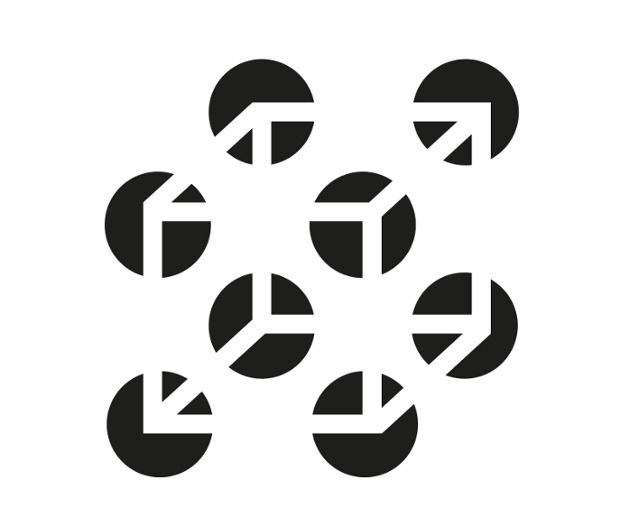
See the cube? And it's not there. Sometimes the brain in an attempt to find the familiar forms and give the picture meaning goes too far. It adds the edges where there is no change in color or texture changes.
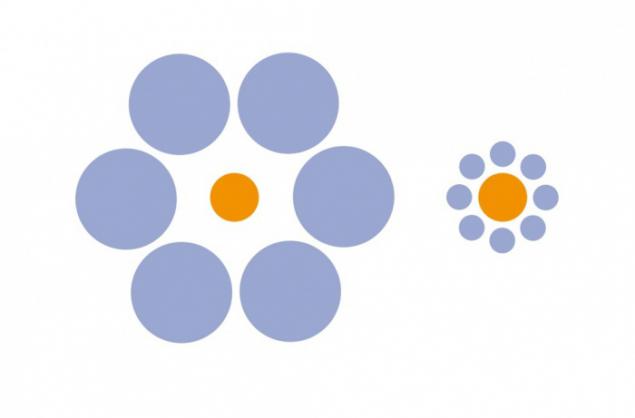
Which orange circle anymore? It seems that right - and in fact they are the same. Usually the brain copes well with the task of comparing the sizes of objects and determine the distances to them. But it can be fooled.
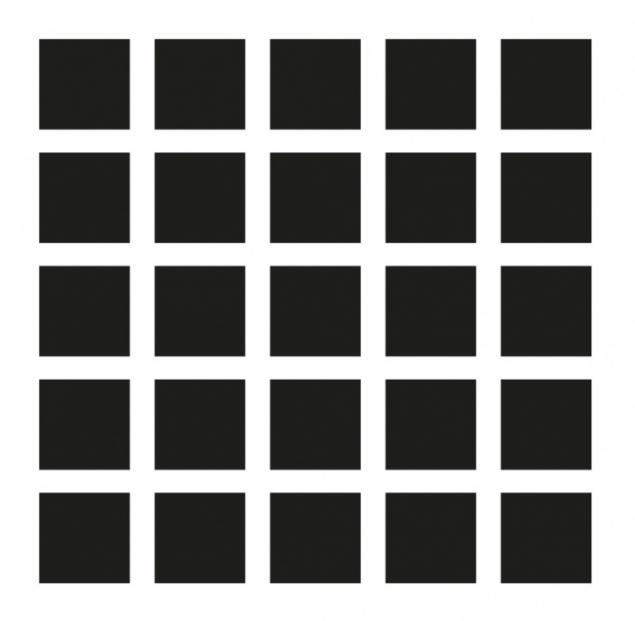
If you look at this grid long enough, you'll notice some gray circles that appear on the corners like squares - but if you focus on them, they disappear. This works peripheral vision. Thus, some neurons that emit signals when stimulated by a picture, jammed signals to other neurons.
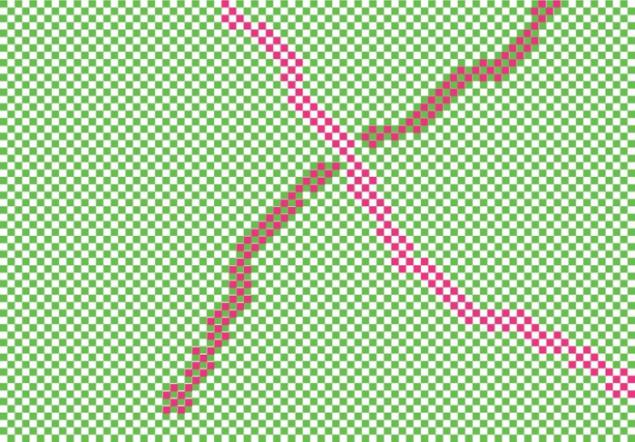
Another example of how the perception of colors can be broken with the help of the environment and background. Lines of pink and red pixels actually contain pixels absolutely identical shade of red.
Source: geektimes.ru/post/241746/

Some visual illusions related to how the eye works, but many are related to the way the brain processes the incoming signals into it.

If you look at this picture carefully, it will seem that the leaves are moving relative to each other.

If you look carefully at these fixed disks, you find that they rotate. Usually, if the focus on the center of one of the disks, this imaginary movement ceases. When eyes scanned image, move through it and try to focus on small details, this is the effect of "movement».

Brain miraculously able to find templates and fill the empty spaces in the incomplete data. Including, he is able to perceive these "impossible" pictures. It is very difficult to separate the legs of an elephant from the background.

How many colors used on plates on the faces of the cube? If you have counted seven (white, yellow, blue, red, green, brown and orange), you will not only find the most popular answer, you were wrong, and yet, like most people. In fact, there are only six colors. Central die upper face (which looks brown) has the same color as the central die front face (which looks orange). As it is impossible to believe, but it can be checked only by using a piece of paper with two holes or photoshop.

The illusion of the prospect. Which of the two tables is longer? Maybe they are the same length? Measure them and surprised.

See the cube? And it's not there. Sometimes the brain in an attempt to find the familiar forms and give the picture meaning goes too far. It adds the edges where there is no change in color or texture changes.

Which orange circle anymore? It seems that right - and in fact they are the same. Usually the brain copes well with the task of comparing the sizes of objects and determine the distances to them. But it can be fooled.

If you look at this grid long enough, you'll notice some gray circles that appear on the corners like squares - but if you focus on them, they disappear. This works peripheral vision. Thus, some neurons that emit signals when stimulated by a picture, jammed signals to other neurons.

Another example of how the perception of colors can be broken with the help of the environment and background. Lines of pink and red pixels actually contain pixels absolutely identical shade of red.
Source: geektimes.ru/post/241746/
